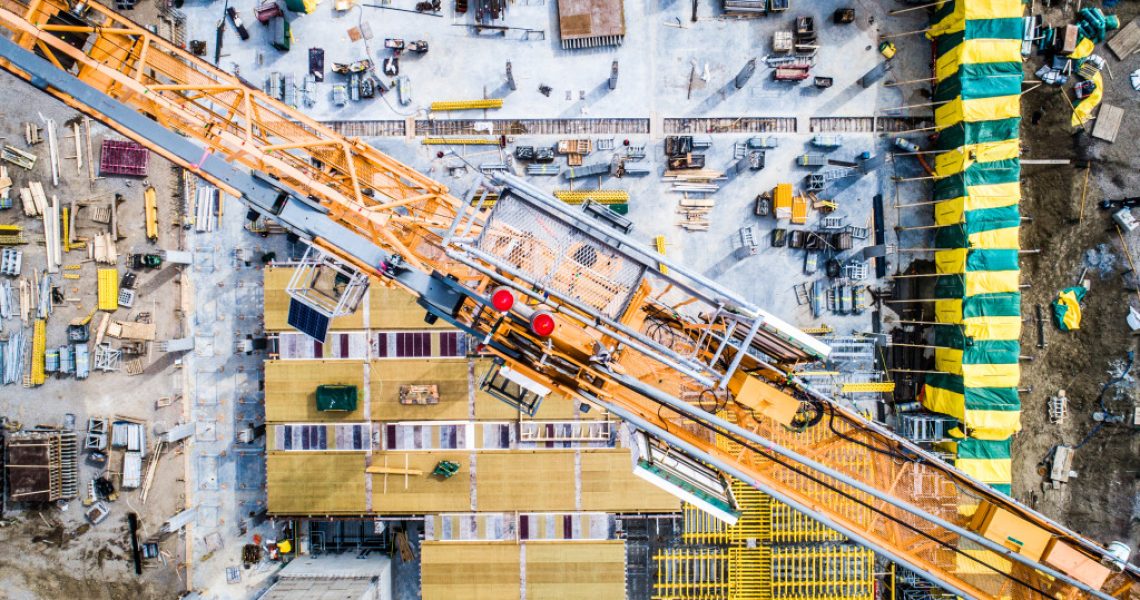If you are not technically savvy, you have nowhere to go today. From working to partying, digital trends have occupied segments in every industry. You may have thought that creativity is a human domain. However, technology has come to occupy an important position there as well. The concept of design has also undergone a sea change. There was a time when 2D was the only option people had. But then came 3D.
Now, there is AI, 3D printing, and more. You will come across digitally created designs and industrial components in buildings controlled through AI and construction automation. Smart home technology has also reversed the codes from the buildings, walls, and floors.
Read about the top digital trends in the construction industry today.
Digital Materials
Modern Advances in technology have opened a whole new world for the construction sector. Today, you have nanomaterials, smart windows, smart lights, solar lights, and so on. But we are going to tell you about something worth bewildering. It’s smart ceramic tiles. Now, your walls can also change with your mood.
If you are even remotely connected with the construction and building sector, you should pull up your socks. Customers are knowledgeable about such aspects. Real estate property agents get numerous queries from prospective customers about such things. So, it is better to be ready with answers.
These new ceramic tiles in question here are making quite some noise. Photonics technology is the one that has made it possible. The wall tiles come with sophisticated touchscreen technology that enables them to change patterns and colour schemes. So, you know where the industry is headed. Embedded electronics in glass and ceramics is something new and revolutionary. And, it is the prelude to things more exciting in the future.
3D Printing Technology
You must have heard of 3D printing on paper. It is time to move towards metals, concrete, and polymer. The 3D printer printing technology prints the material layer by layer. It is based on Robotic arm technology. There are quite a few other methods, such as powder binding and additive welding. In powder binding, the object to be printed on is immersed in layers and layers of powdered materials. You can get new-age designs on metals and concrete quite fast and in cost-effective ways today.
The design is fed into the computer system in this sort of technology. The printer then reads the structure and layers the metal or concrete or any surface with powder, liquid, or other molten material.
Immersive Architecture

Virtual reality has also made its way into the construction industry. If you have ever imagined walking within a projection of a building, the time is now. Customers can put themselves into simulative environments with such technology. By utilizing their eyes and ears in the 3D space, one can better feel the product. You can also experience various real-world scenarios through such architecture. As a client, you can also get feedback about a particular space or object then and there.
The government uses immersive architecture with full force while building bridges. When displacing house owners or landowners with little compensation, AI simulators are being used to show the advancements and benefits that the whole community can avail themselves of with such developments. Most architects refer to such simulations as a digital twin, a replica of the original structure that will come up.
Geo-enabled Technologies
This technology utilizes cameras and sensors to get data, quantities, and measurements of a place. You will find drones everywhere today. They are becoming important for on-site asset tracking. You will find this tracking inventory and waste reduction in several ways. GPS or GNSS, LiDAR, and Photogrammetry are the various technologies used today.
LiDAR is an active remote sensing tech that uses its own energy reserves to emit laser beams. They can be fixed or floating. You will find them being used in several smart city projects. Next comes Photogrammetry, a drone-based program that can help survey large tracts of land. These digital technologies mainly enhance the way the ground beneath is being surveyed, just like an X-ray machine.
Robotics
Today this technology has entered the sphere of construction in various ways. It allows for greater automation in processes. You can now expect to see ground-breaking developments in welding, material handling, as well as packing. Moreover, it is the sole reason why so many jobs are being wiped out.
Improvement in technology will wipe out some base-level jobs; it will also increase the need for architecture and engineering resources. Lean construction practices seem to be the order of the day.
These are the few top trends in digital construction. There are more in the pipeline and seem to hold a lot of promise on the way to development.

